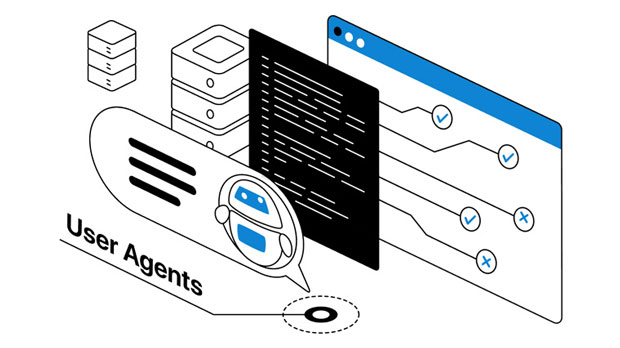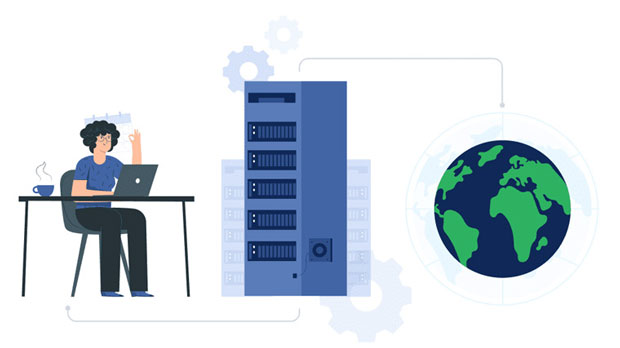When it comes to enhancing gaming experiences, online privacy, or bypassing geo-restrictions, proxies are often used to route internet traffic through an intermediary server. Two common types of proxies are SOCKS5 and HTTP proxies, each offering distinct features that can significantly impact the quality of your gaming session. While both types of proxies can mask your IP address and potentially improve security, they differ in terms of performance, compatibility, and overall impact on online gaming. Understanding how each proxy works in the context of gaming can help you decide which one suits your needs better. In this article, we will explore the differences between SOCKS5 and HTTP proxies, analyze their effects on gaming, and help you choose the right one based on your gaming requirements. Understanding the Basics: socks5 proxy and HTTP ProxyBefore diving into the specifics of how these proxies affect gaming, it’s important to first understand what each type of proxy is and how they function.1. SOCKS5 Proxy: SOCKS5 is a protocol that allows internet traffic to be routed through a proxy server. Unlike HTTP proxies, which are designed specifically for web traffic (HTTP or HTTPS), socks5 proxies handle all types of internet traffic, including gaming, torrents, and more. They are more flexible because they don’t require specific protocols for data exchange, meaning they can be used for a wide range of online activities.2. HTTP Proxy: HTTP proxies, as the name suggests, are designed specifically for web traffic. They only route HTTP and HTTPS traffic, making them more limited compared to SOCKS5 proxies. However, they are often faster because of this limitation and are commonly used for browsing and light web tasks.How SOCKS5 Proxy Affects GamingWhen using a SOCKS5 proxy in gaming, there are several factors to consider:1. Compatibility with Online Games: SOCKS5 proxies are highly compatible with online gaming because they do not limit traffic to HTTP or HTTPS. This makes them suitable for multiplayer games, which require constant, real-time communication between players and servers. Games such as first-person shooters, real-time strategy, and massively multiplayer online games (MMOs) often rely on a variety of protocols, and SOCKS5 can handle all of them efficiently.2. Reduced Latency: One of the key concerns for gamers is latency (or ping). A SOCKS5 proxy can offer lower latency compared to other proxies because it establishes a direct connection to the game server, without unnecessary overhead. However, this still depends on the quality of the proxy server itself. A high-quality SOCKS5 server can improve ping times, making for a smoother, more responsive gaming experience.3. Bypassing Geo-Restrictions: Many online games have geo-restrictions, which prevent players in certain regions from accessing content. By using a SOCKS5 proxy, gamers can change their virtual location and bypass these restrictions. This is especially useful for accessing region-locked servers, exclusive game content, or early access releases in other countries.4. Security and Anonymity: SOCKS5 proxies provide a higher level of security and anonymity compared to HTTP proxies. They do not modify your internet traffic, so your data remains unaltered, which can protect you from potential DDoS attacks or prevent your personal information from being exposed to third parties. This is particularly important in competitive gaming, where account theft and hacking are prevalent.How HTTP Proxy Affects GamingAlthough SOCKS5 proxies are widely preferred by gamers, HTTP proxies still have a place in gaming environments. Here’s how they affect the gaming experience:1. Limitations on Protocols: Since HTTP proxies are designed only for web traffic (HTTP and HTTPS), they are not ideal for online games that use a variety of protocols beyond web browsing. Games requiring constant updates of non-HTTP data, such as voice chat or real-time interaction, may not function properly with an HTTP proxy. This can lead to poor gameplay performance, lag, and even disconnection issues.2. Faster Performance for Browsing: While not ideal for gaming, HTTP proxies are often faster when it comes to web browsing or light online tasks. The lack of protocol overhead makes HTTP proxies an efficient choice for tasks like checking in-game stats, looking up game guides, or visiting gaming forums, where the primary traffic is HTTP-based.3. Geo-Restrictions and Content Access: HTTP proxies can be used to access geo-restricted game content, but only for content that is delivered over HTTP or HTTPS. For instance, if a game’s website or content updates are restricted to specific regions, an HTTP proxy can help bypass these limitations. However, for accessing in-game content that does not use HTTP protocols, SOCKS5 proxies would be a better choice.4. Potential Security Risks: HTTP proxies typically offer a lower level of security compared to SOCKS5 proxies. They can potentially expose your internet traffic to the intermediary server, which might lead to security vulnerabilities. For competitive gamers who need an extra layer of protection against hacking attempts, using an HTTP proxy may not be ideal.SOCKS5 vs HTTP Proxy: Key Differences in GamingNow that we’ve examined how each type of proxy affects gaming, let’s compare SOCKS5 and HTTP proxies across various factors:1. Latency: SOCKS5 is generally better for minimizing latency, as it allows for a direct and uninterrupted data flow. HTTP proxies may add more latency due to protocol limitations and the additional steps required to route non-HTTP traffic.2. Protocol Compatibility: SOCKS5 supports all types of internet traffic, making it more versatile for gaming. HTTP proxies, on the other hand, are limited to web traffic, which may hinder gaming performance, especially in games with complex data requirements.3. Security: SOCKS5 proxies tend to offer stronger security because they don't modify your traffic and can support more secure encryption methods. HTTP proxies, while still offering some degree of anonymity, don’t provide the same level of protection.4. Ease of Use: HTTP proxies are generally easier to set up and use because they are often integrated into browsers and require minimal configuration. SOCKS5 proxies might require additional setup, especially for gaming applications, but they offer a more robust solution in the long run.5. Geo-Restriction Bypass: Both SOCKS5 and HTTP proxies can help bypass geo-restrictions, but SOCKS5 is more effective for games that use a variety of protocols. HTTP proxies may only be useful for accessing region-locked content delivered over HTTP/HTTPS.Conclusion: Which Proxy is Better for Gaming?When it comes to online gaming, the choice between SOCKS5 and HTTP proxies depends on your specific needs. If you are primarily concerned with performance, security, and compatibility with a wide range of games, SOCKS5 proxies are the clear winner. They offer better latency, broader protocol support, and higher security, making them ideal for online gaming. However, if you only need to access geo-restricted game content or browse websites related to gaming, an HTTP proxy may suffice, offering a simpler and faster solution.Ultimately, for gamers who need to optimize their gaming experience, reduce lag, and protect their privacy, SOCKS5 proxies are the more powerful choice, while HTTP proxies are better suited for light tasks and web browsing. Understanding the differences between these two proxies will allow you to make a more informed decision based on your gaming needs and preferences.
Dec 26, 2024






















































